Choumeriakos (also spelled Houmeriakos or Houmeriako) is a well-preserved traditional village in the Municipality of Agios Nikolaos, Lasithi regional unit, Crete, Greece. It is located in the fertile “Skafi tou Mirabellou” valley at an altitude of 240 meters, on the foothills of Mount Aghinaras (578 meters). The village is 3 kilometers east of Neapolis and 12 kilometers from Agios Nikolaos.
Choumeriakos has a population of 166 residents (2021 census). The village economy is based on livestock farming and agriculture, mainly olive cultivation, with some vineyards, citrus fruits, and vegetables also grown.
History
The area has been inhabited for millennia, as evidenced by a Late Minoan sarcophagus found in the region, along with clay vessels and bronze artifacts. During the Venetian period, Choumeriakos was the third-largest village in the Mirabello province after Kritsa and Neapolis (then Kainourgio Chorio), with 1,061 inhabitants recorded in the 1583 census of Castrophylacas.
- 1577: Francesco Barozzi mentions the village as “Ghumeriaco.”
- 1583: The Castrophylacas census records it as “Cumeriaco” with 1,061 inhabitants.
- 1630: Francesco Basilicata refers to it as “Cumeriaco.”
- 1671: The Ottoman census lists it as “Hamariaku” with 245 “haratsia” (tax-paying households).
- 1834: The Egyptian census records it as “Kommeriako” with 80 Christian and 80 Turkish families. Choumeriakos and Platipodi were the only villages in the area with Muslim residents.
- 1881: The census records 607 Christian and 152 Turkish inhabitants.
Landmarks
- Traditional Architecture: Choumeriakos is known for its well-preserved traditional architecture, with houses featuring flower gardens and shops reflecting the local style.
- Churches: The village has 17 old churches.
- Church of Panagia Koumbelina: The most important church in Choumeriakos. It is the only remaining cross-in-square church in eastern Crete, dating back to the 11th-12th centuries.
- Other Churches: The village has 16 other churches of historical and architectural interest.
- Romana Portela: A Venetian arched gate, the entrance to a 16th-17th century Venetian palazzo.
- Fountains: The village has several old fountains with names like “Magatzes,” “Agios Georgios,” “Pigadouli,” and “Pigaidoula.”
Village Key Points
- Historical References:
- 1577 inventory by Barozzi
- 1583 census of Castrophylacas as “Cumeriaco” with 1,061 inhabitants
- 1630 census by Basilicata as “Cumeriaco”
- 1671 Ottoman census as “Hamariaku” with 245 “haratsia”
- Location: Municipality of Agios Nikolaos, Lasithi regional unit, Crete, Greece. 3 km east of Neapolis, 12 km from Agios Nikolaos.
- Altitude: 240 meters
- Historical Significance: Third-largest village in the Mirabello province during the Venetian period.
- Population:
Year |
Population |
|---|---|
1583 |
1061 |
1881 |
759 |
1900 |
661 |
2011 |
174 |
2021 |
166 |


















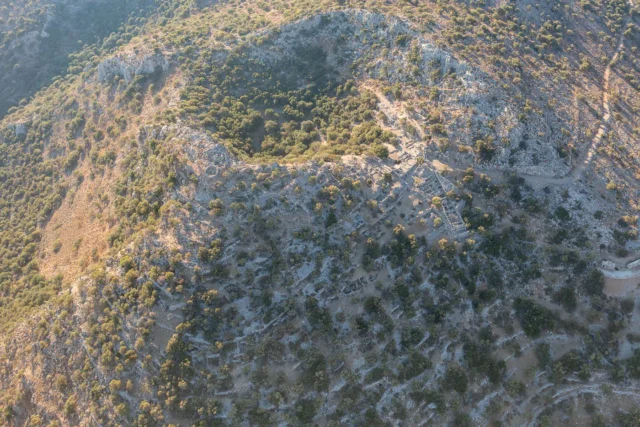
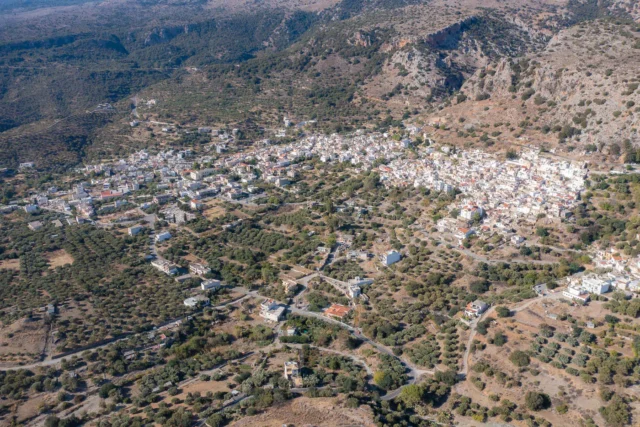

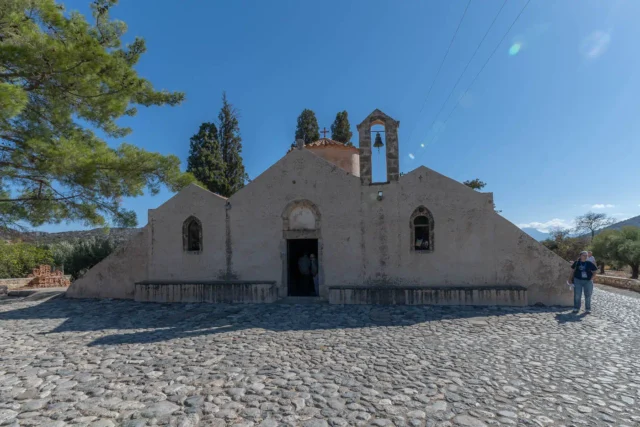


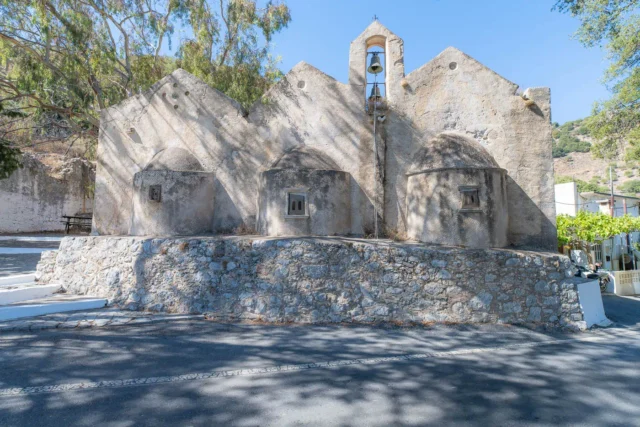
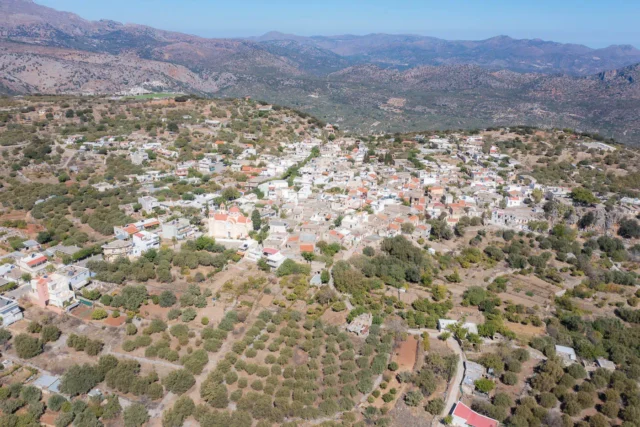

There are no comments yet.